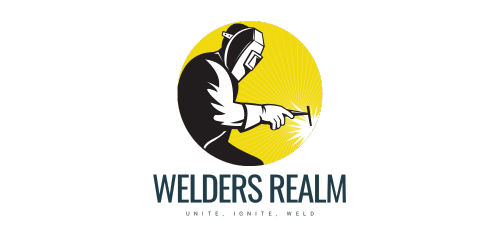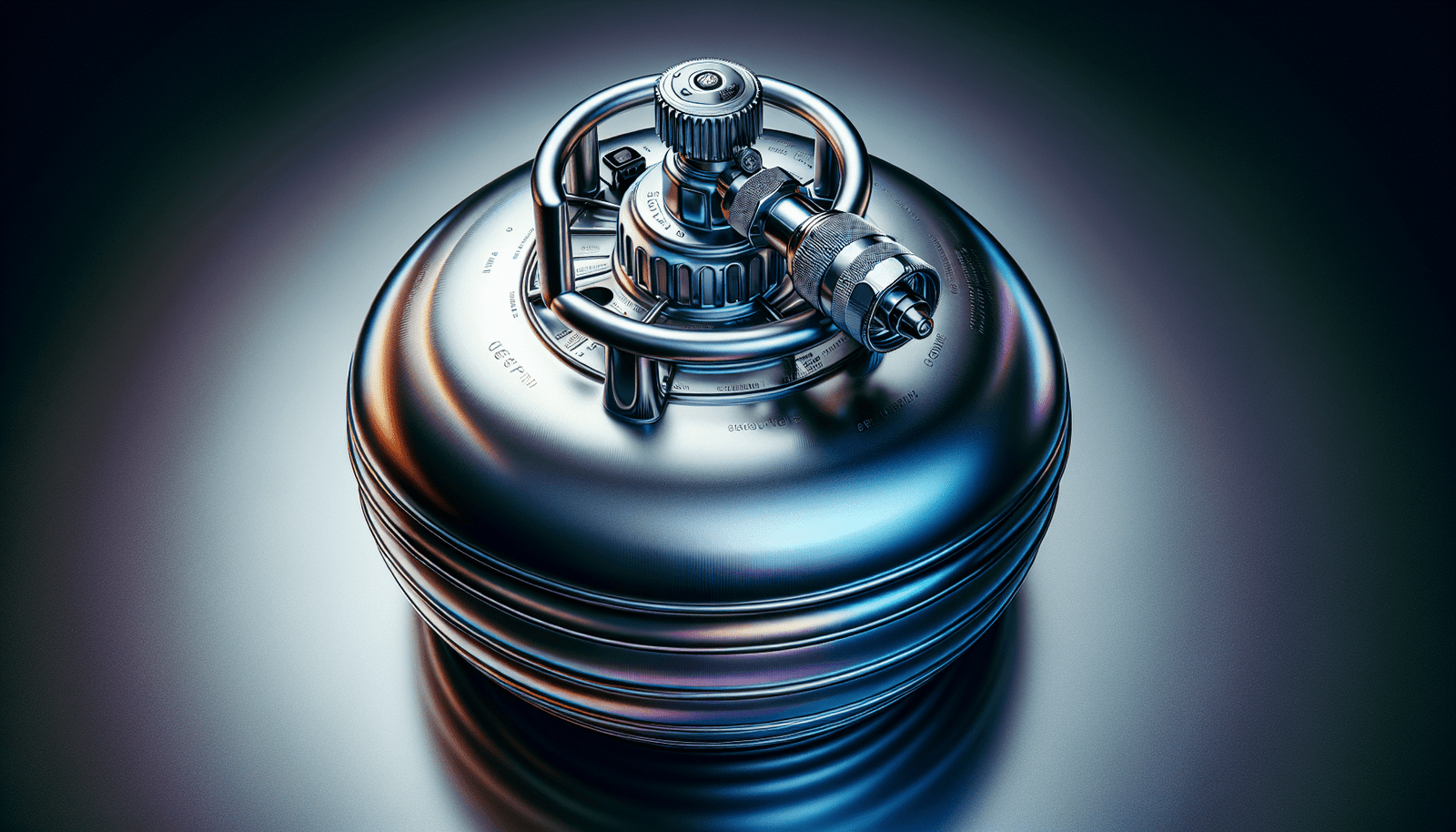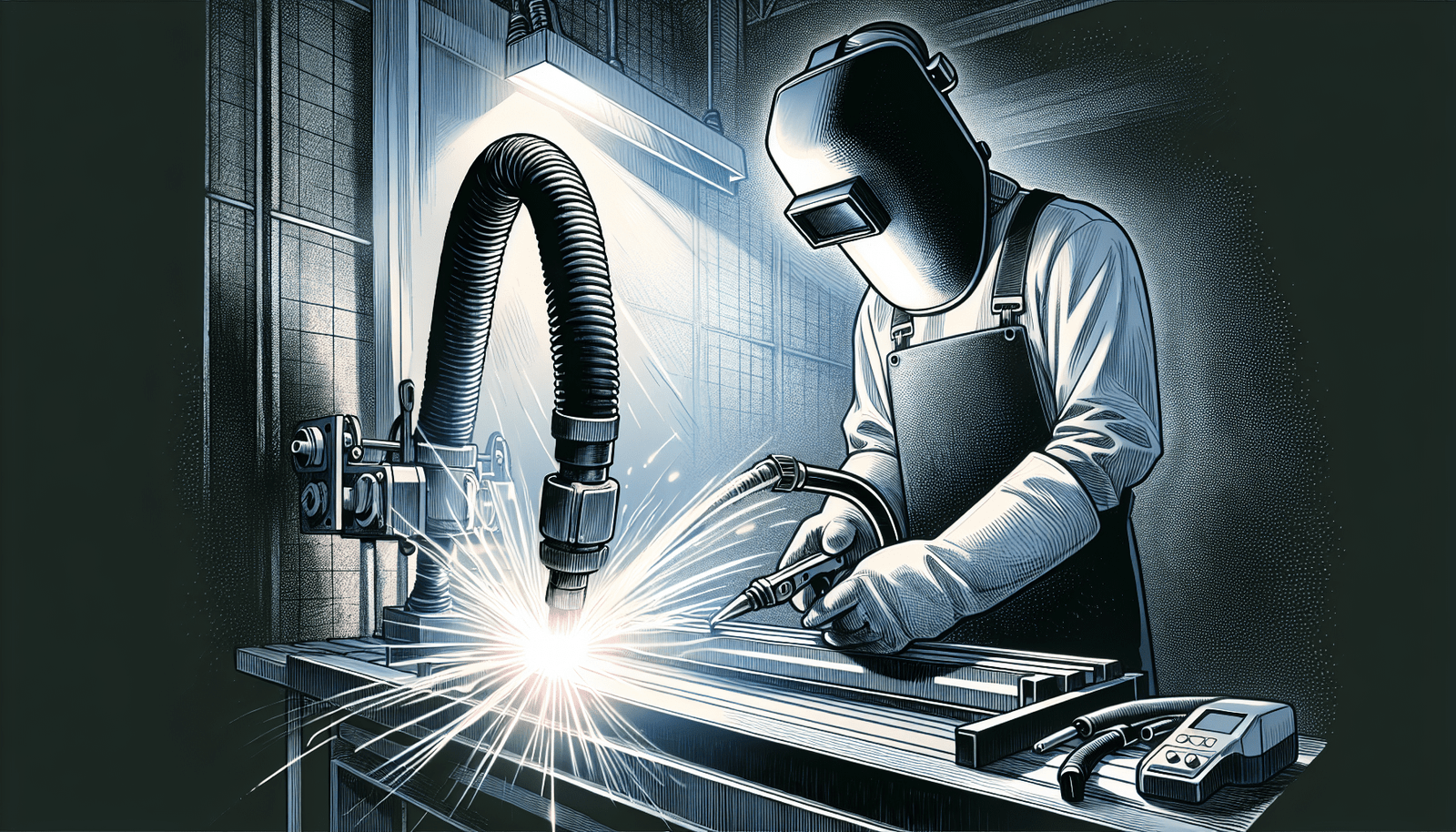In this article, we will explore the fascinating world of welding shielding gases and their various uses. Whether you are an experienced welding professional or just curious about this vital aspect of welding, we have got you covered. Join us as we delve into the most popular welding shielding gases and their specific applications. From protecting the weld pool to improving weld quality, these gases play a crucial role in the welding process. So, let’s dive in and discover the secrets behind these essential gases and how they contribute to creating strong and flawless welds.
Overview of Welding Shielding Gases
Understanding what welding shielding gases are
Welding shielding gases are gases that are used during the welding process to protect the metal from atmospheric contamination. They create a barrier between the weld pool and the surrounding air, preventing the weld from being affected by elements like oxygen and nitrogen.
The role welding shielding gases play in the welding process
The main role of welding shielding gases is to prevent oxidation and other forms of contamination that can weaken the weld. They create a protective environment around the weld pool, allowing for clean and high-quality welds to be formed. Additionally, shielding gases also help to stabilize the arc, improve weld bead shape, control penetration, and reduce spatter.
How the choice of shielding gas affects the end results of welding
The choice of shielding gas can have a significant impact on the outcome of the welding process. Different gases have different properties and characteristics that can affect the penetration, appearance, and mechanical properties of the weld. Factors such as cost, availability, and specific welding requirements also play a role in determining the most suitable shielding gas for a particular application. It is important to carefully consider these factors and select the appropriate shielding gas to achieve the desired results.
Argon Welding Shielding Gas
Properties of Argon as a welding shielding gas
Argon is an inert gas that is colorless, odorless, and non-flammable. It is heavier than air and has a high thermal conductivity. These properties make it an excellent choice for shielding gases in welding applications. Argon creates a stable arc, improves weld puddle fluidity, and provides excellent protection against oxidation and atmospheric contamination.
Why Argon is widely popular in welding
Argon is widely popular in welding due to its versatility and effectiveness. It can be used for all types of welding processes, including MIG, TIG, and plasma arc welding. Argon is compatible with a wide range of metals, such as steel, aluminum, and stainless steel. Its stable arc characteristics and excellent shielding properties make it a preferred choice for many welders.
Pros and cons of using Argon as a welding shielding gas
Some advantages of using Argon include its ability to provide good penetration, smooth weld beads, and minimal spatter. It also offers better arc stability and control compared to other gases. However, Argon can be relatively expensive compared to other shielding gases, and it may not be suitable for certain applications that require higher heat input or deeper penetration.
Common uses and applications of Argon in welding
Argon is commonly used in various welding applications, including but not limited to:
- Gas Metal Arc Welding (GMAW or MIG) – Argon is often used as a pure shielding gas or in combination with other gases for MIG welding of aluminum, stainless steel, and carbon steel.
- Gas Tungsten Arc Welding (GTAW or TIG) – Argon is commonly used as a shielding gas in TIG welding for its ability to provide excellent protection and stability.
- Plasma Arc Welding (PAW) – Argon is frequently used as a plasma gas for PAW due to its ability to create a stable and intense plasma arc.
Carbon Dioxide Welding Shielding Gas
Characteristics of Carbon Dioxide as a welding shielding gas
Carbon Dioxide (CO2) is a commonly used welding shielding gas that is colorless, odorless, and non-flammable. It is denser than air and has a lower thermal conductivity compared to Argon. CO2 can cause a slight sputtering arc and may produce more spatter than other gases.
Advantages and disadvantages of using Carbon Dioxide for welding
Some advantages of using Carbon Dioxide as a shielding gas include its affordability and availability. It can provide deeper penetration and higher heat input, making it suitable for welding thicker materials. However, CO2 can be more reactive and may contribute to more oxidation and potential weld defects if not used correctly. It is commonly used in welding applications that require high deposition rates and productivity.
Common welding techniques where Carbon Dioxide is used
Carbon Dioxide is often used in the following welding techniques:
- Gas Metal Arc Welding (GMAW or MIG) – CO2 is frequently used as a shielding gas in MIG welding for carbon steel and low-alloy steels.
- Flux-Cored Arc Welding (FCAW) – CO2 is commonly used as a shielding gas for FCAW, especially in outdoor applications due to its ability to provide better wind tolerance compared to other gases.
Helium Welding Shielding Gas
Features of Helium as a welding shielding gas
Helium is an inert gas that is lighter than air and has a very high thermal conductivity. It is colorless, odorless, and non-flammable. Helium has a lower density and viscosity compared to other shielding gases, which can result in a more focused and concentrated arc.
Benefits and limitations of using Helium in welding
Using Helium as a shielding gas offers several benefits, including improved heat transfer, deeper penetration, and faster welding speeds. It is commonly used in applications that require high energy input and a high-quality weld. However, Helium is more expensive than other shielding gases, and its low density can make it susceptible to airflow disruptions and instability in certain welding processes.
Typical welding processes where Helium is preferred
Helium is often preferred in the following welding processes:
- Gas Tungsten Arc Welding (GTAW or TIG) – Helium is frequently used in TIG welding applications that require high-quality welds, such as welding exotic metals, thin materials, or non-ferrous metals like aluminum and copper.
- Laser Beam Welding (LBW) – Helium is commonly used as a shielding gas in LBW to provide a stable and focused beam, enabling precise and high-performance welding.
Hydrogen Welding Shielding Gas
Understanding Hydrogen as a welding shielding gas
Hydrogen is an extremely light, colorless, odorless, and highly flammable gas. It has a high thermal conductivity and can significantly increase heat input and arc energy. Hydrogen can provide deep penetration and high welding speeds, but it requires careful handling and control due to its flammability.
Upsides and downsides of using Hydrogen in welding
Using Hydrogen as a shielding gas can offer benefits such as increased weld penetration, improved joint fit-up, and reduced heat-affected zone. It is commonly used in applications that require high-speed welding, such as pipeline welding. However, Hydrogen poses safety risks due to its flammability and can create a more brittle weld that is susceptible to hydrogen-induced cracking if not properly controlled.
Uses and applications of Hydrogen in various welding techniques
Hydrogen is used in various welding techniques, including:
- Gas Tungsten Arc Welding (GTAW or TIG) – Hydrogen is sometimes added to the shielding gas mix in TIG welding to enhance penetration and improve arc stability, particularly for thick materials and non-ferrous metals.
- Flux-Cored Arc Welding (FCAW) – Hydrogen is often used as a constituent in the shielding gas mix for FCAW to increase weld penetration and productivity.
Oxygen Welding Shielding Gas
Oxygen’s properties as a welding shielding gas
Oxygen is an oxidizing gas that supports combustion and is highly reactive. When used as a shielding gas, Oxygen can provide a hotter arc, increased heat input, and faster welding speeds. It also helps to promote better weld pool fluidity and deeper penetration.
Pros and cons of using Oxygen in welding
Using Oxygen as a shielding gas offers several advantages, including improved fusion, increased productivity, and reduced cost compared to other shielding gases. However, Oxygen can also lead to increased oxidation and porosity in certain metals, making it unsuitable for some applications. It is commonly used in oxy-fuel welding and cutting processes.
Types of welding that employ Oxygen as a shielding gas
Oxygen is used in the following types of welding:
- Oxy-Fuel Welding – Oxygen is combined with a fuel gas, such as acetylene, to create a high-temperature flame that is used for welding and cutting processes.
- Flux-Cored Arc Welding (FCAW) – Oxygen can be used as a constituent in the shielding gas mixture for FCAW to increase heat input and weld penetration.
Nitrogen Welding Shielding Gas
Features of Nitrogen as a welding shielding gas
Nitrogen is an inert gas that is colorless, odorless, and non-flammable. It is denser than air and has a low thermal conductivity. Nitrogen is often used in applications that require low heat input and minimal distortion.
Advantages and disadvantages of Nitrogen use in welding
Using Nitrogen as a shielding gas offers benefits such as improved weld appearance, reduced oxidation, and low reactivity with most metals. It is commonly used in applications where minimal heat input is desired, such as welding reactive metals and materials that are sensitive to distortion. However, Nitrogen can result in reduced weld penetration and may require higher voltages for arc stabilization.
Standard welding methods that utilize Nitrogen
Nitrogen is utilized in the following standard welding methods:
- Gas Metal Arc Welding (GMAW or MIG) – Nitrogen is sometimes used in combination with Argon as a shielding gas for GMAW in applications where minimal heat input and low distortion are desired.
- Gas Tungsten Arc Welding (GTAW or TIG) – Nitrogen can be added to the shielding gas mix in TIG welding for applications that require low heat input and minimal reactivity with certain metals.
Selection Criteria for Welding Shielding Gases
Understanding the factors that influence the choice of welding shielding gas
When selecting a welding shielding gas, several factors should be considered, including the type of base metal, welding process, desired weld properties, cost, and availability. The specific requirements of the welding project, such as penetration, deposition rate, and appearance, should also be taken into account.
How to choose the appropriate welding shielding gas based on specific needs
To choose the appropriate welding shielding gas, one must evaluate the characteristics and properties of each gas in relation to the welding requirements. Considerations should include the metal being welded, required penetration, desired weld appearance, and potential issues such as oxidation, spatter, and porosity. Consulting with welding experts, reviewing material specifications, and conducting trials with different shielding gases can help determine the best choice for the specific welding application.
Safety Measures in Handling Shielding Gases
Precautions to take when working with welding shielding gases
Working with welding shielding gases requires proper safety measures to prevent accidents and ensure a safe work environment. Some precautions to consider include:
- Proper ventilation – Ensure adequate ventilation and exhaust systems in welding areas to minimize the buildup of potentially harmful gases.
- Personal protective equipment – Wear appropriate personal protective equipment, including safety glasses, welding helmets, gloves, and protective clothing, to protect against potential hazards.
- Proper storage and handling – Store shielding gases in well-ventilated areas away from ignition sources, open flames, and heat. Follow proper handling procedures, including using appropriate regulators and fittings.
- Leak detection – Regularly inspect gas lines, fittings, and equipment for leaks using soapy water or leak detection solutions. Address any leaks immediately.
- Training and awareness – Provide proper training to all personnel working with welding shielding gases to ensure they understand the risks associated with these gases and know how to handle them safely.
Proper storage and disposal methods for welding shielding gases
Shielding gases should be stored in well-ventilated and secure areas that are separate from flammable or combustible materials. Gas cylinders should be stored upright and secured to prevent tipping or damage. Empty gas cylinders should be properly marked and returned to the supplier for refill or recycling. If disposal is necessary, it should be done in accordance with local regulations and guidelines to ensure proper handling and environmental protection.
Future Trends in Welding Shielding Gases
Potential advancements and innovations in welding shielding gases
Advancements in welding technology and materials are driving the development of new and improved welding shielding gases. Researchers are exploring methods to optimize the composition of existing gases and develop novel gas mixtures to enhance weld quality, productivity, and environmental sustainability. Advancements in gas purification, delivery systems, and gas recycling are also being pursued to improve efficiency and reduce costs.
How changing industrial needs are influencing welding shielding gases usage
As industries evolve, the demand for specific welding properties and capabilities also changes. New materials, applications, and welding techniques require tailored shielding gas solutions to meet the evolving needs of the industry. The push for cleaner and more sustainable technologies is also influencing the development of shielding gases that have reduced environmental impact and lower carbon footprints. The ongoing research and development in welding shielding gases aim to address these changing industrial needs and ensure that welders have access to optimal gas choices for their applications.
In conclusion, understanding the characteristics, advantages, and limitations of various welding shielding gases is essential for achieving high-quality welds. The choice of shielding gas can significantly impact the welding process and the final results. Factors such as type of base metal, desired weld properties, cost, and safety considerations should be carefully evaluated when selecting the appropriate shielding gas for a specific welding application. By considering these factors, taking proper safety measures, and staying informed about advancements in the field, welders can maximize the efficiency and quality of their work.




